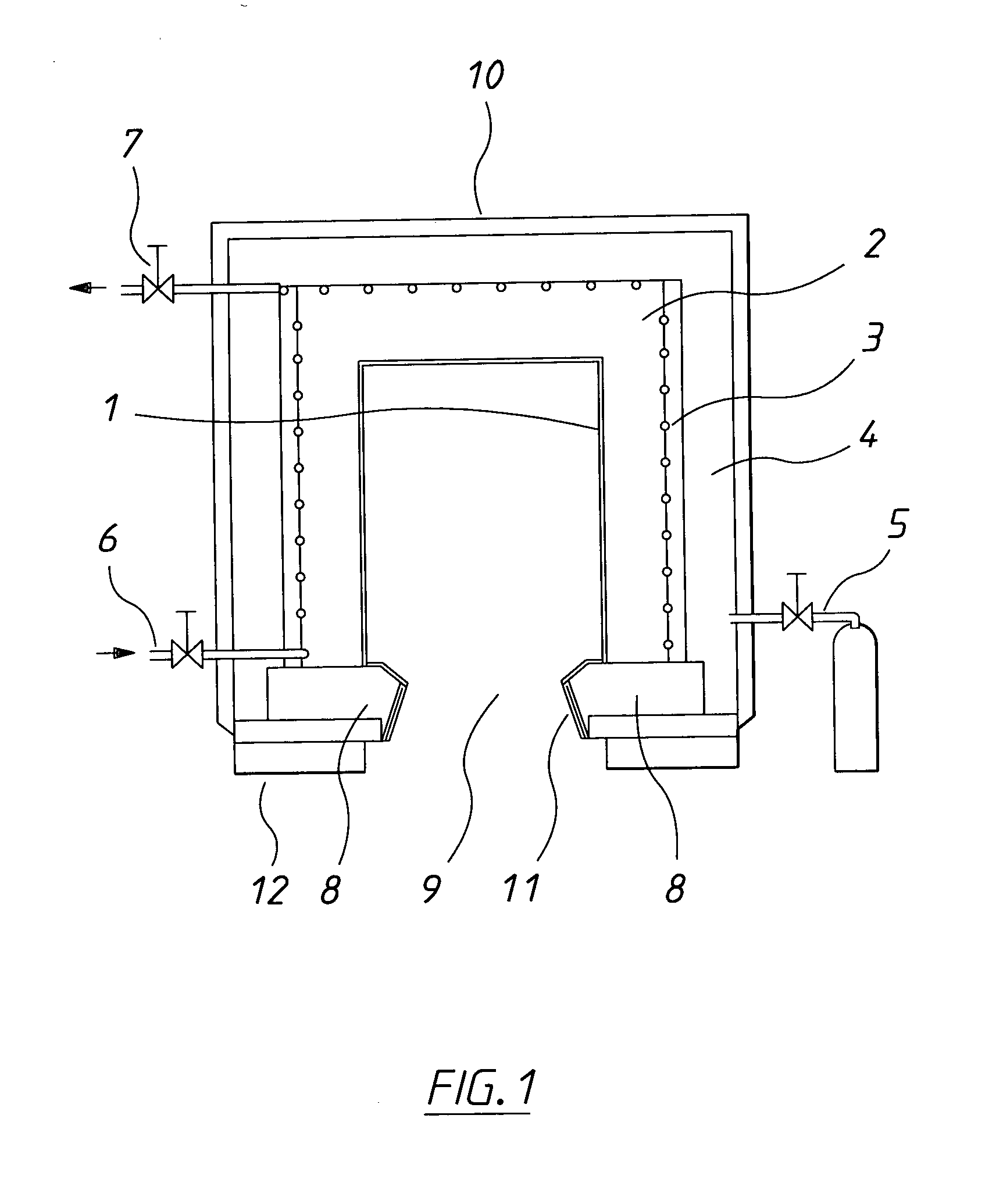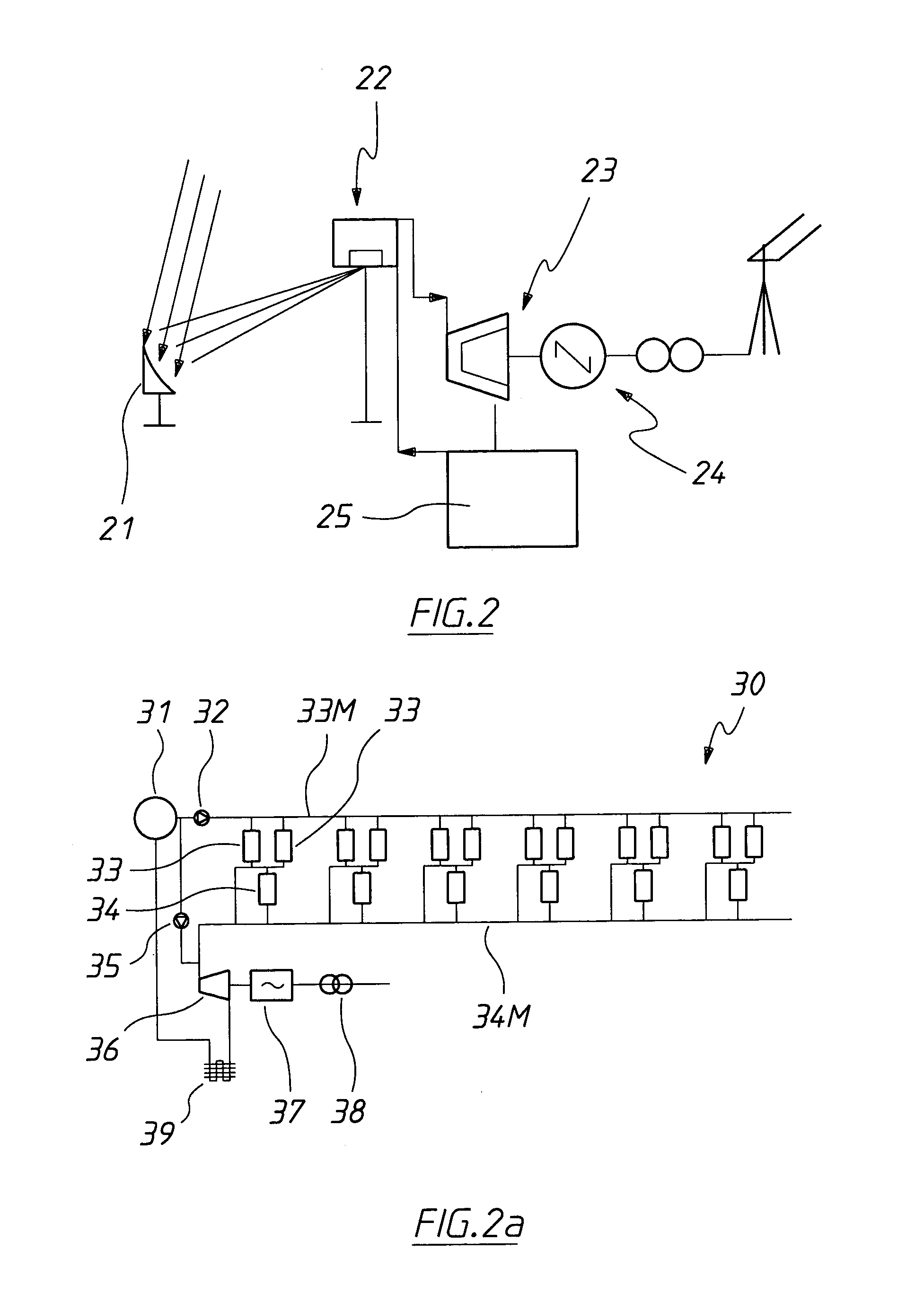Solar Collector
a solar collector and solar energy technology, applied in the direction of solar heat collectors with working fluids, solar heat collectors for particular environments, etc., can solve the problems of affecting the efficiency of solar collectors, and inability to meet the needs of use, so as to reduce the chance of damage to the reflector, and reduce the effect of heat loss
- Summary
- Abstract
- Description
- Claims
- Application Information
AI Technical Summary
Benefits of technology
Problems solved by technology
Method used
Image
Examples
Embodiment Construction
[0164]The present invention relates to a solar collector, and to a solar energy collection device comprising a solar energy concentrator and the solar collector. In particular it relates to collecting concentrated solar thermal energy and controlling the time of transfer of that thermal energy to a heat exchanger system prior to its extraction for subsequent use. The concentrator and the collector may be disposed so that solar energy impinging on the concentrator is concentrated on a collection region of the collector. The energy so collected may then be transferred from the heat transfer material in the collector to a heat transfer fluid in the heat exchanger.
[0165]The heat regulating medium may be a solid. Suitable heat regulating solids commonly have a high carbon content. Suitable materials include for example graphite, graphite particles embedded in a thermally conductive matrix such as a metallic matrix (e.g. copper, gold, aluminium, silver, mixtures or alloys of any two or mo...
PUM
 Login to View More
Login to View More Abstract
Description
Claims
Application Information
 Login to View More
Login to View More - R&D
- Intellectual Property
- Life Sciences
- Materials
- Tech Scout
- Unparalleled Data Quality
- Higher Quality Content
- 60% Fewer Hallucinations
Browse by: Latest US Patents, China's latest patents, Technical Efficacy Thesaurus, Application Domain, Technology Topic, Popular Technical Reports.
© 2025 PatSnap. All rights reserved.Legal|Privacy policy|Modern Slavery Act Transparency Statement|Sitemap|About US| Contact US: help@patsnap.com



